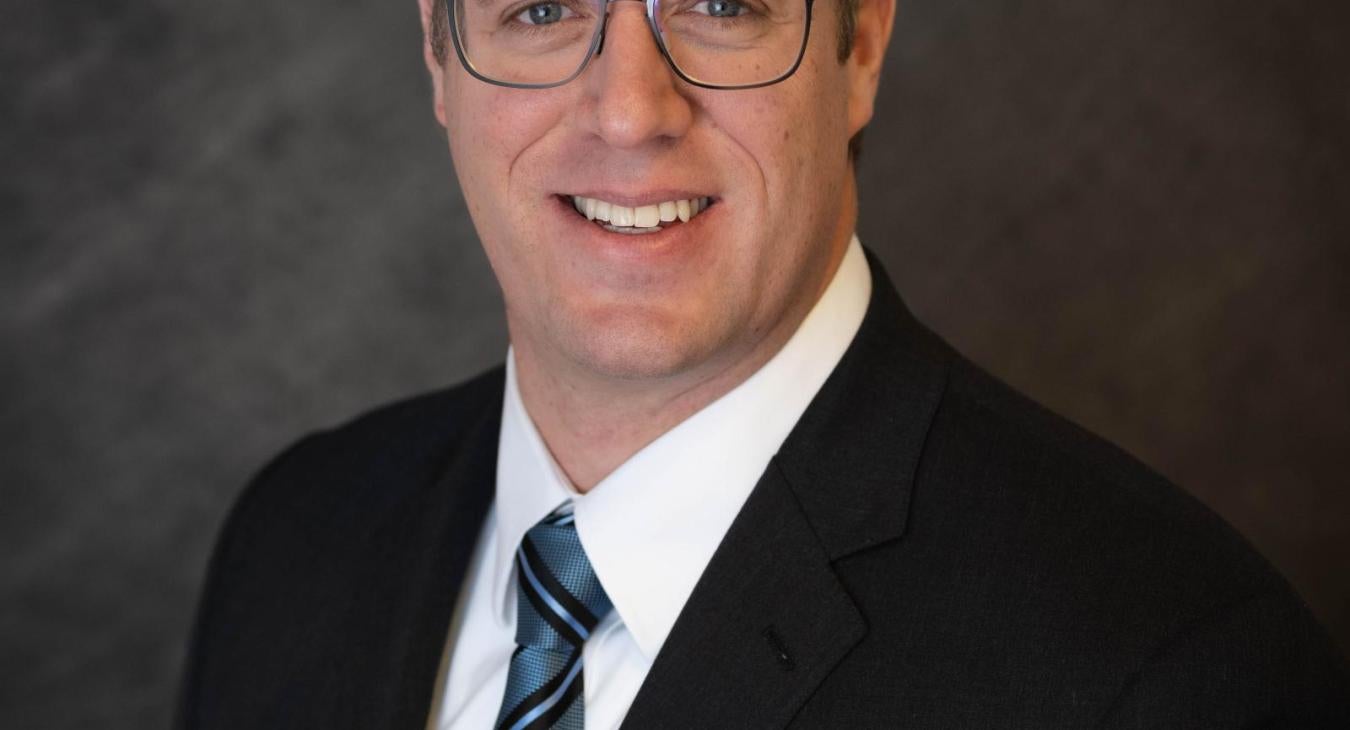By Brandon Lehman, Perennial Public Power District general manager
When we think about public power it's easy to make a list of benefits or advantages stretching longer than the conductor between two transmission poles. One of the first benefits which comes to mind is local control. Public power districts are governed and guided by a board of directors who are elected within the service area of the district they represent. This is important because you may know a friend or neighbor who serves on the board who can give you a voice through the conversation you have with them. Or, if you don’t have a connection with the board, you still have the privilege to speak at a public board meeting about your concerns or ideas about public power, which is granted by the Nebraska Open Meetings Act.
Another key benefit of public power is affordable power. Affordable power is what most everyone wants, and it is what we’ve come to expect in Nebraska. The U.S. Department of Energy defines “Energy Affordability” as the idea that customers should be able to pay for their home electricity use—lighting, heating, cooling, power appliances—while also paying for other basic living expenses, such as food and medication, without having to choose or feel overburdened.1 So how do we rank against the rest of the country? According to the U.S. Energy Information Administration, Nebraska ranks in the top five states, and it’s a tight race for the lowest average price of electricity for the end-use customer. So, what is it that makes us so affordable?
There are a couple of major factors that keep our power costs low. One factor is our location in the Midwest and being wholesale customers of either Nebraska Public Power District or Tri-State G&T Association. Both are market participants in the Southwest Power Pool (SPP) Integrated Marketplace. In simple terms, think of the SPP Marketplace as an auction block for electric power. It is the lowest cost power production that wins the bid to produce power for the next day. Every day, SPP members post their commitment to generate power for the next day and how much they plan to consume from the SPP grid. Nebraska’s generating facilities are very competitive in the market, and this helps to keep the cost of providing energy low while keeping grid reliability strong.
The other factor that keeps us affordable is the absence of shareholders. Public power districts are not-for-profit and positive margins created by the generation and consumption of power are used to stabilize our rates and reinvested into the systems that serve us.
The list of benefits is longer but consider this last benefit. Public power offers local jobs for the community and the state. From Burt County PPD along the Missouri river to Roosevelt Public Power District near Scottsbluff, public power offers some of the best career opportunities for people that want to stay and serve in their community.

